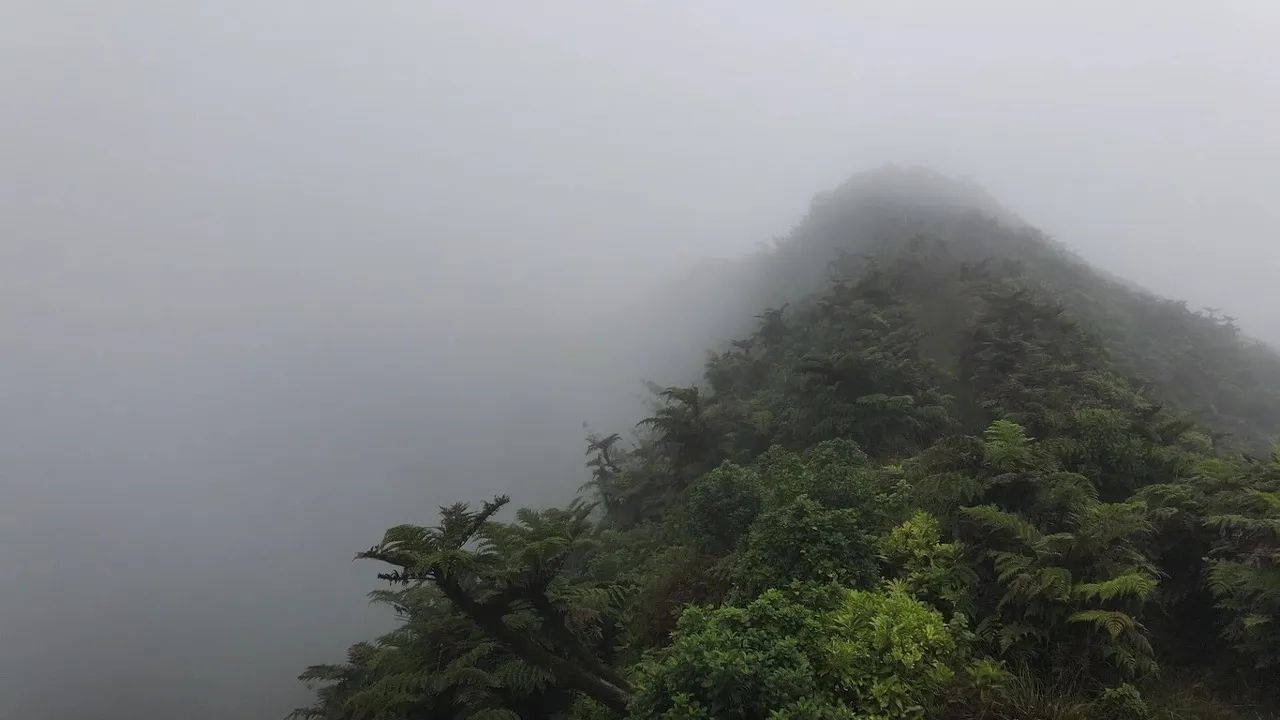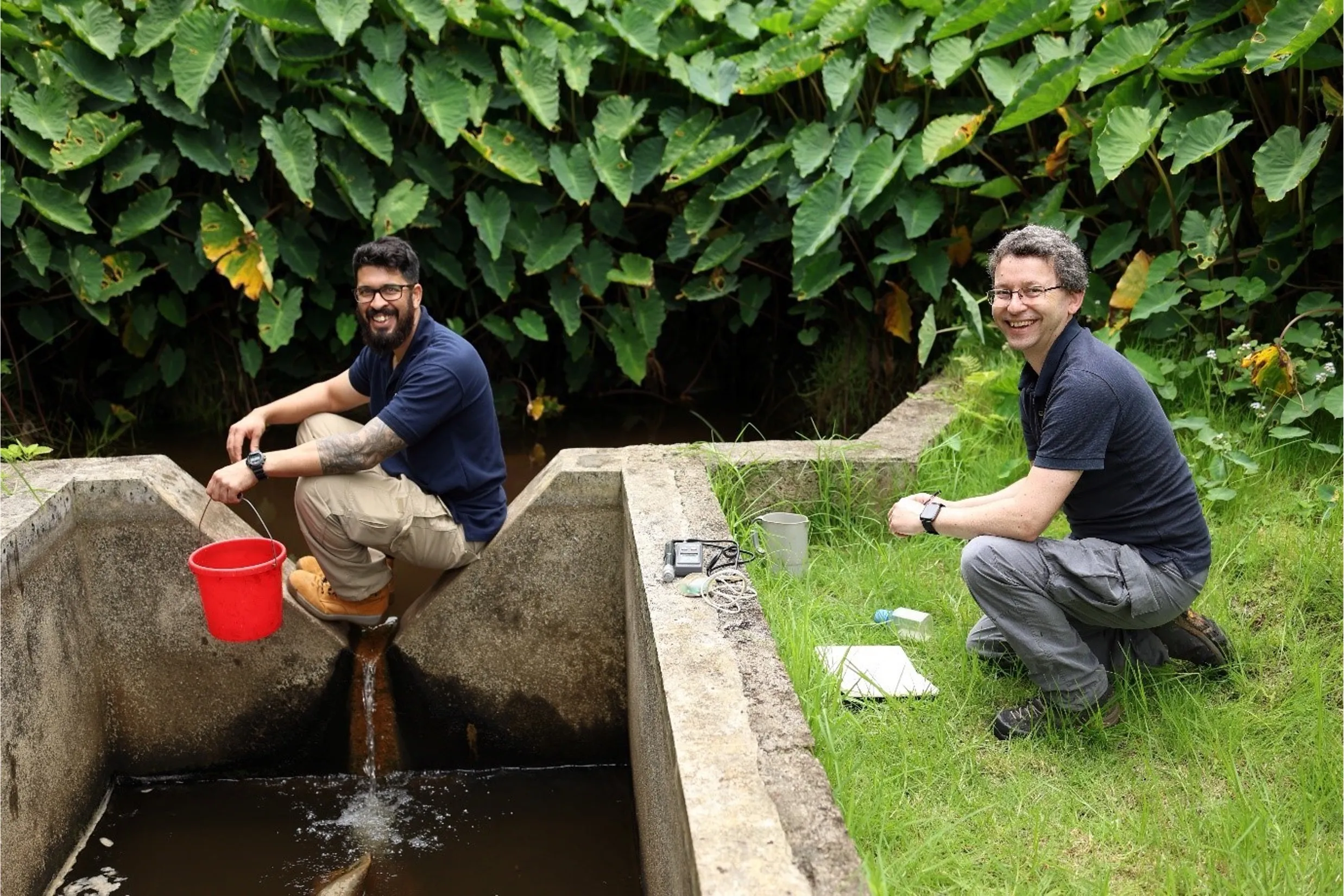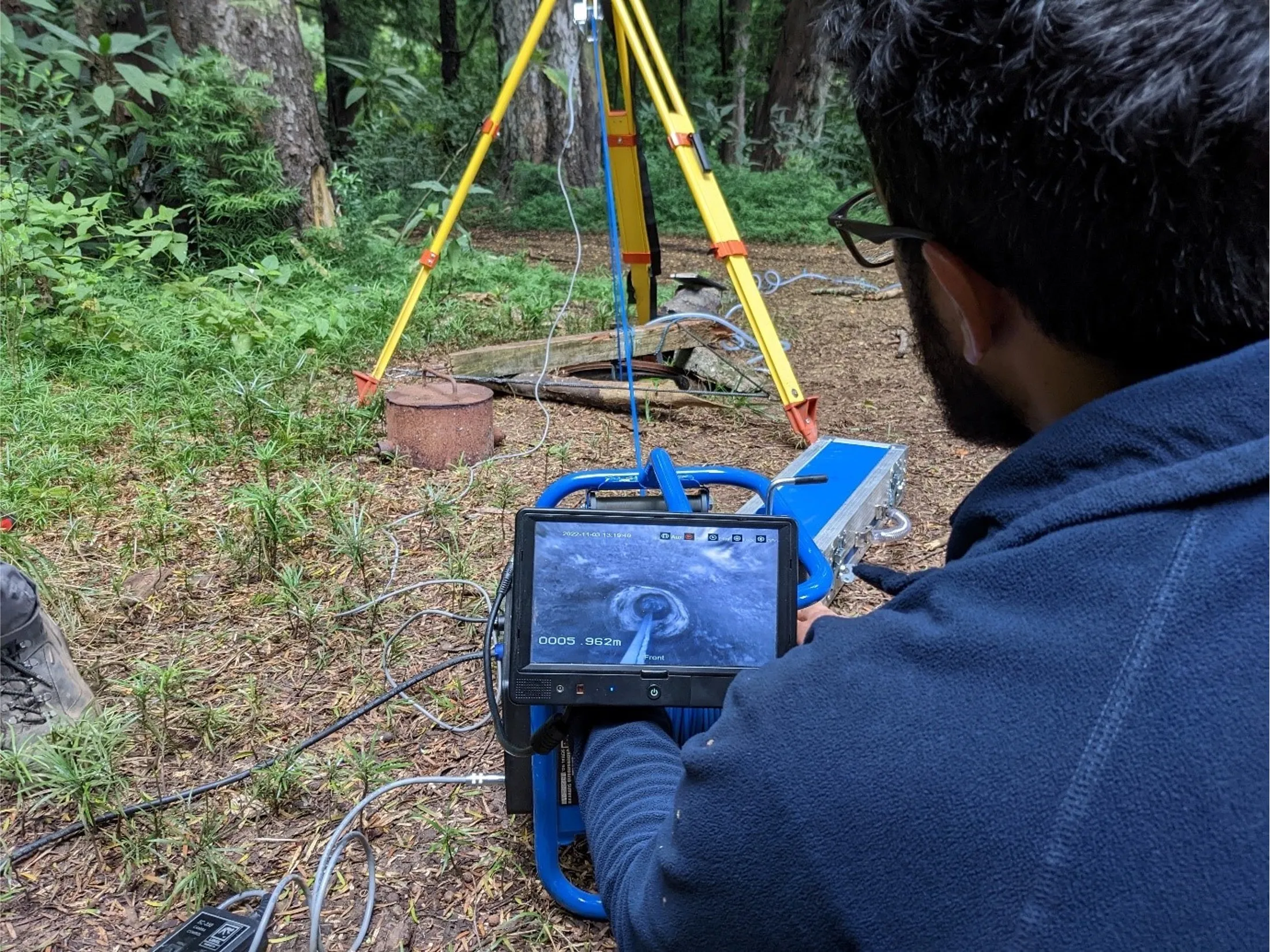News
Celebrate National Tree Week with a look at three remarkable woodland birds
Meet the UK’s mightiest finch, our smallest woodpecker and a beak-snapping flycatcher.
To celebrate the International Day of Forests on 21 March and World Water Day on 22 March, we’re heading to the cloud forests of St Helena. Here, an innovative project is helping to safeguard the island’s water supply and benefiting biodiversity. St Helena Cloud Forest Project Co-ordinator, Shayla Ellick, explains.
.jpg)
The mist-covered mountain tops of the island of St Helena, a UK Overseas Territory in the South Atlantic Ocean, are home to ancient fragments of the UK’s last natural cloud forest. This is a habitat which supports hundreds of unique species and is a critical source of fresh water for this drought-prone island.
St Helena’s fragments of cloud forest total just 16 hectares, scattered across the Peaks National Park. Approximately 250 species found nowhere else on earth, are found within the cloud forest habitat. This habitat is also the main source of fresh water for the island – with the native plants of the cloud forest capturing water from the mist cloaking the island’s highest peaks. Ongoing research suggests mist capture contributes an incredible 60% of the island’s fresh water.

The endemic cloud forest plants have evolved to intercept mist, condensing and funnelling water to the ground directly beneath. The peaty soils associated with cloud forest habitat then act like a sponge, absorbing the water, reducing heavy runoff and potentially reducing the risk of flooding. Water is also released more slowly into streams and groundwater, which is important in times of drought.
Invasive plant species are a constant threat to St Helena’s cloud forest habitat. They outcompete endemic plants causing degradation and fragmentation of habitat, and also cause more rapid run-off as opposed to the peaty soils which retain water for longer.
The St Helena Cloud Forest Project is working to remove invasive plant species from key water catchment areas, rejuvenate and restore areas of endemic cloud forest, connect fragmented sections, and create new areas of habitat.

Restoring and creating precious cloud forest habitat will have incredible benefits for the island’s endemic biodiversity. The work will also help increase future water availability on St Helena and reduce the risk of the supply being depleted during times of drought. The warmer, drier conditions predicted under climate change pose a further threat to drought-prone St Helena’s water security.
The St Helena Cloud Forest Project is utilising a nature-based solution, a healthy cloud forest, to safeguard water security and mitigate future threats from the climate crisis. We’ll now explore exactly what this work entails.

The project is building on previous Darwin projects (more info on these: here and here) and data gathered to improve our understanding of the island’s water cycle.
Hydrogeologist, Ben Sansom, has spent the past decade working with St Helena partners to understand the island’s natural water environment. With Connect Saint Helena (local water utility company) and the local Meteorological Office, he has supported the development of water resource and climate monitoring networks.
Ben explains:
The data being collected is helping us develop a more detailed water balance for the island, so we can understand how much mist and rain the cloud forest contributes to the island’s water supply. This data will be used to identify and target additional cloud forest habitat restoration areas, which benefit both the endemic flora and fauna, and the island’s water supply"

Research into the water balance has also included innovative use of geophysics surveys on St Helena for the first time, supported by Michel Groen, an independent geophysicist and hydrogeologist, and Elizabeth Mullings-Smith, a geologist with specialist knowledge of hydrogeology in volcanic terrains.
The water balance study looks at the amount and sources of water available (mist, rainfall, ground, surface and so on), different types of water flow, and how water is lost through evapotranspiration, evaporation and stream flow.
While most of these outputs can be measured, calculated or estimated, groundwater flow is a difficult variable to measure in volcanic islands. Enter geophysics surveys, which allow us to visualise the ground beneath us to better understand the geology, geological features, soil type and permeability, to verify the location of aquifers and geological faults. Through this we can determine the flow of groundwater, and where some of it could be being lost at depth out to sea. This will help the island determine water availability for domestic and agricultural use.
Elizabeth explains more:
This new data from our work has also helped refine our understanding of the relationship between the groundwater resources and the cloud forest and has contributed new knowledge to support water resources management for the island and cloud forest restoration.”

The St Helena Cloud Forest Project has built on previous projects and heavily invested into the water monitoring network infrastructure, and on-island training and capacity-building. Robert George, Water Resources Monitoring Technician for Connect Saint Helena, has received extensive training from Ben, Michel and Elizabeth and incorporated these new research techniques into his work. His role maintains the water resources monitoring networks across St Helena, as well as collecting, and processing the data.
Lawrence Muranganwa, Connect Saint Helena’s Technical Director for Water, explains:
The additional data has been used as another layer of decision-making information on supply sources and drought management giving better understanding of availability and better management of the water resource hence improving the water security for the island.”
Monitoring of weather and water catchments around the National Park will continue so that we build on our understanding about the importance of the cloud forest habitat of the Peaks National Park for St Helena’s water supply.

Our work to restore St Helena’s cloud forest has the potential to provide a more sustainable cost-effective solution to water security, in the longer-term, than alternative solutions such as additional infrastructure (such as dams, additional reservoirs, desalination).
In addition, it brings about wider benefits including the safeguarding of St Helena’s incredible biodiversity and economic benefits for local people through development of education, eco-tourism opportunities and capacity building on island.
A nature-based solution for St Helena’s water, wildlife and people.
You can find out more about this work in these two films:
The St Helena Cloud Forest Project is funded by the UK Government’s Foreign, Commonwealth and Development Office (FCDO), through the Conflict, Stability and Security Fund (Integrated Security Fund from April 2024), and led by the St Helena Government with on-island partners St Helena National Trust and Connect Saint Helena Ltd, and international partners the UK Centre for Ecology & Hydrology, Arctium, University of British Columbia, Royal Botanic Gardens Kew and RSPB. Matched funding has been provided by the Darwin Initiative.
New spider species discovered on Saint Helena, the jewel of the South Atlantic Ocean.
Sharing knowledge across the waves – how knowledge exchange visits are helping the St Helena Cloud Forest project to protect rare and special species.
Fight to save the UK’s only naturally occurring cloud forest receives new funding.